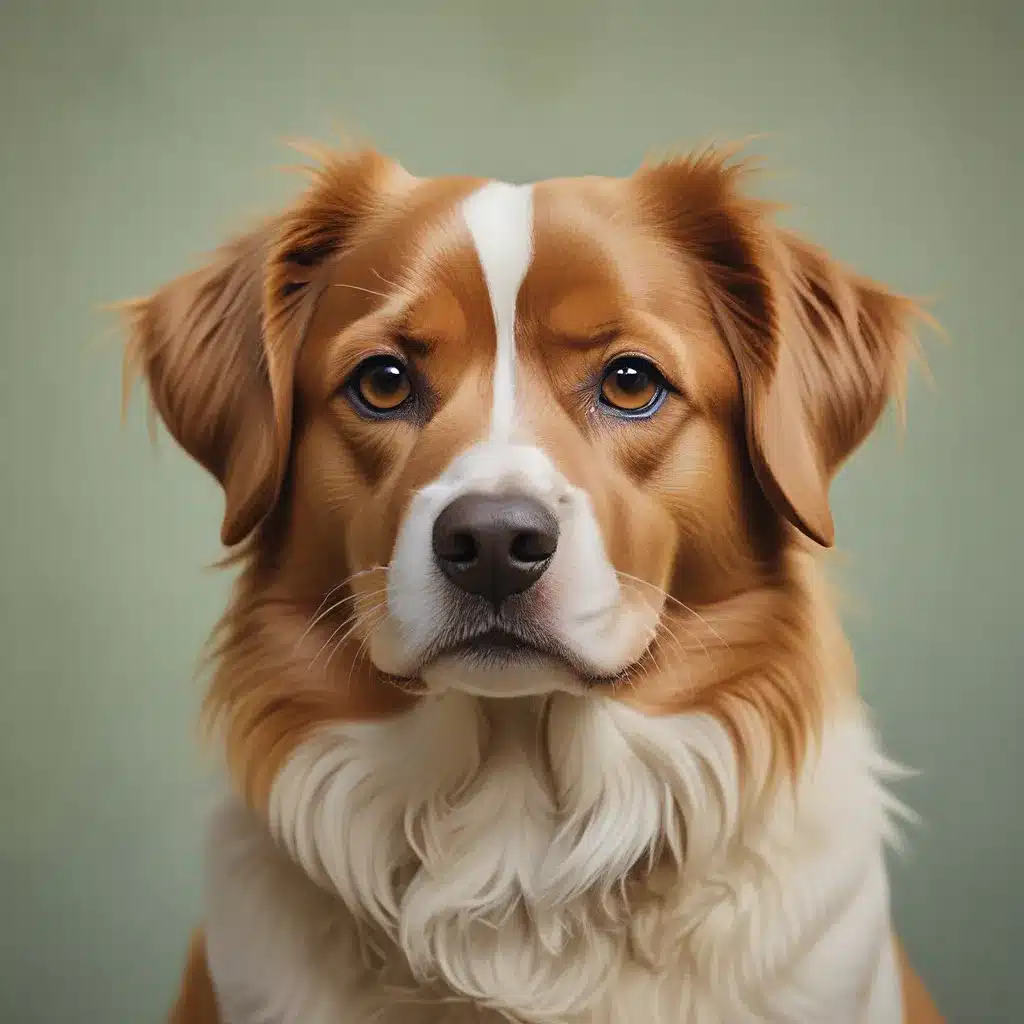
Capturing the essence of a beloved pet through the medium of paint or fabric is a truly rewarding creative endeavor. Pet portraiture allows artists to immortalize the special bond between human and animal, evoking a range of emotions in the viewer. At the heart of this process lies the careful orchestration of color, which can profoundly influence the mood, atmosphere, and overall impact of the artwork.
Mastering the Art of Color Harmony
As an artist specializing in pet portraits, I have found that the key to creating truly captivating works lies in the harmonious balance of color. By understanding the principles of color theory and applying them with intention, you can elevate your pet portraits to a level of emotional resonance that goes beyond mere realism.
One of the most powerful color schemes to consider for pet portraits is the analogous color scheme. This scheme features a series of colors that are adjacent on the color wheel, such as blue, blue-green, and green. Analogous color schemes are known for their ability to convey a sense of unity, harmony, and emotional depth. When applied to a pet portrait, this color harmony can evoke a calming, serene, or even contemplative mood, mirroring the tranquil and comforting presence of our furry companions.
Harnessing the Emotional Impact of Color
While the analogous color scheme provides a strong foundation for creating emotive pet portraits, there are other color strategies you can employ to amplify the emotional resonance of your artwork. Complementary colors, which are located opposite each other on the color wheel, can be used to create a dynamic tension and energy within the composition. This can be particularly effective for capturing the playful, joyful, or even mischievous nature of certain pets.
Subjective timbre, the personal connection and response we have to specific colors, is another crucial consideration when painting pet portraits. Each individual artist and viewer will have a unique affinity for certain color palettes, and understanding your own subjective timbre can help you create pet portraits that resonate deeply with your intended audience.
Techniques for Capturing Depth and Atmosphere
Beyond the selection of colors, the application of color and value can also significantly impact the overall mood and depth of a pet portrait. Techniques such as atmospheric perspective, which involves subtly shifting the values and saturation of colors to create the illusion of distance, can be particularly effective in pet portraits.
Applying the principles of atmospheric perspective, artists can guide the viewer’s eye through the composition, drawing attention to the pet subject while creating a sense of depth and space. This can be achieved through careful fabric selection, highlighting the textures and details of the pet in the foreground, while gradually softening and desaturating the background elements.
Harnessing the Power of Creative Tools and Materials
When it comes to the medium for creating pet portraits, artists have a wealth of options to explore, each with its own unique strengths and creative possibilities. From the versatility of oil paints to the tactile nature of fabric and thread, the choice of materials can significantly influence the final aesthetic and emotive impact of the artwork.
For those drawn to the textile arts, the fused appliqué technique can be an especially rewarding approach to pet portraiture. By carefully selecting and arranging fabrics, artists can capture the intricate details and textures of their furry subjects, while also leveraging the expressive potential of color to convey the pet’s unique personality.
Regardless of the medium, the key to creating captivating pet portraits lies in the artist’s ability to balance technical skill with a deep understanding of color, composition, and the emotive power of art. By embracing the nuances of color harmony, atmospheric perspective, and the personal connection to specific palettes, artists can elevate their pet portraits to become cherished works of art that resonate with audiences on a profound level.